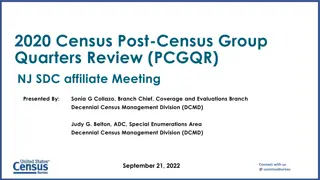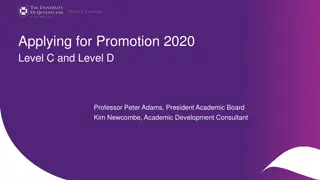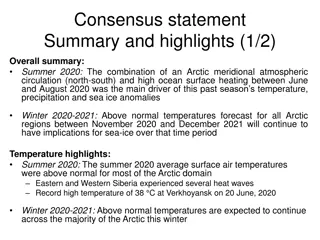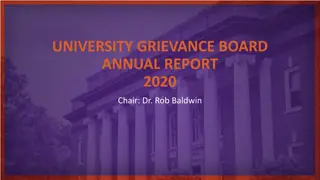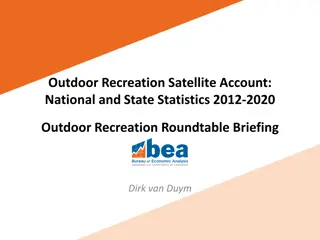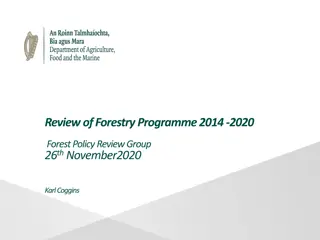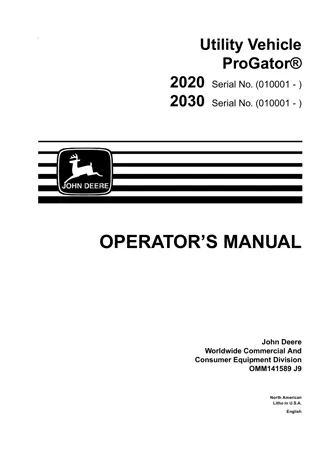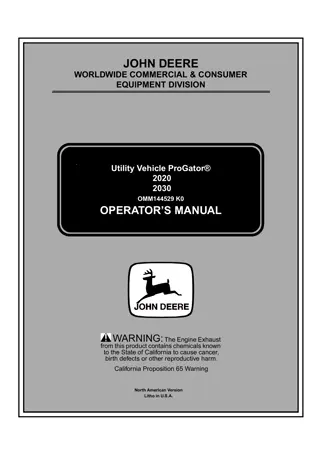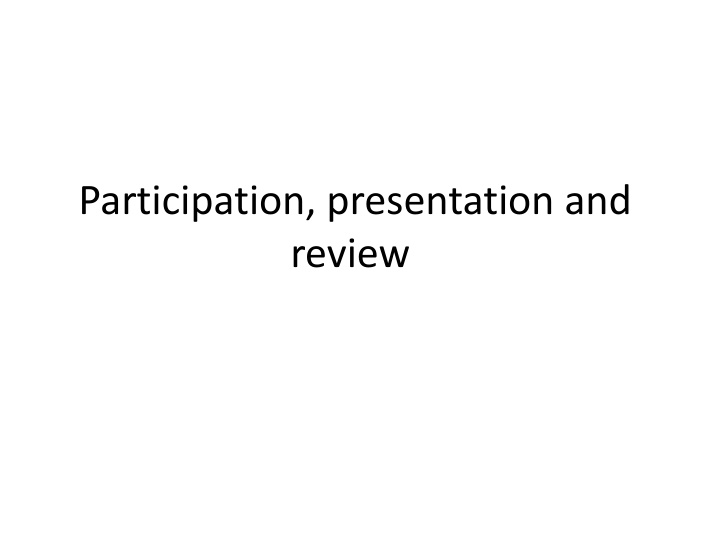
Effective Public Participation in EIA Processes
Learn how consultation and participation with the public and governmental consultees can enhance the Environmental Impact Assessment (EIA) process. Understand the advantages and disadvantages of public involvement, and discover the requirements for effective participation to improve project quality and expedite authorization processes.
Uploaded on | 0 Views
Download Presentation

Please find below an Image/Link to download the presentation.
The content on the website is provided AS IS for your information and personal use only. It may not be sold, licensed, or shared on other websites without obtaining consent from the author. If you encounter any issues during the download, it is possible that the publisher has removed the file from their server.
You are allowed to download the files provided on this website for personal or commercial use, subject to the condition that they are used lawfully. All files are the property of their respective owners.
The content on the website is provided AS IS for your information and personal use only. It may not be sold, licensed, or shared on other websites without obtaining consent from the author.
E N D
Presentation Transcript
Consultation with the public and governmental consultees in the EIA process can help comprehensiveness and effectiveness of the EIA, as well as to ensure that the various groups views are adequately taken into consideration in the decision-making process. to ensure the quality, This lecture discusses how consultation and participation by both the public and designated environmental consultees can be fostered, and how the results can be used to improve a proposed project and speed up its authorization process.
1. Public consultation and participation: These includes explanatory meeting (slide/film presentation), presentation to small groups, public display (exhibit, models), press release, site visit, etc Advantages and disadvantages of public participation: Developers do not usually favor public participation. It may not lead to a conclusive decision on a project, as various interest groups have different concerns and priorities; the decision may also represent the views of the most vocal interest groups rather than of the general public. Most developers contact with the public comes only at the stage of planning; by this time, participation has often evolved into a systematic attempt to stop their projects. Thus, many developers never see the positive side of public participation, because they do not give it a chance.
On the other hand, public participation can be used positively to convey information about misunderstandings. The process responding to the contributions of local people or special interest groups may suggest measures the developer could take to avoid local opposition and environmental problems. These measures are likely to be publicly acceptable than those proposed solely by the developer. the implementation of a project generally proceeds more cheaply and smoothly if local residents agree with the proposal, with fewer protests, a more willing labor force, and fewer complaints about impacts such as noise and traffic. a development, of clear up and considering
Requirements for effective participation The interrelated components of effective public participation: identification of the groups/individuals interested in or affected by the proposed development. provision of accurate, understandable and relevant information. dialogue between those responsible for the decisions and those affected by them and assimilation of what the public say in the decision. Feedback about actions taken and how the public influenced the decision.
: identification of the groups/individuals interested The public can be broadly classified into two main groups. The first consists of the voluntary groups which are concerned with a specific aspect of the environment or with the environment as a whole. The second group consists of the people living near a proposed development who may be directly affected by it. These two groups can have very different interests and resources. The organized groups may have extensive financial and professional resources, may concentrate on specific aspects of the development. People living locally may lack the technical, educational or financial resources, and familiarity with relevant procedures, to put their points across effectively, yet they are the ones who will be the most directly affected by the development.
Provision of accurate information : Lack of information, or misinformation, about the nature of a proposed development prevents participation and causes resentment and criticism of the project. One objective of public participation is thus to provide information about the development and its likely impacts. Before an EIS is prepared, information may be provided at public meetings, exhibitions, or telephone hotlines. This information should be as truthful as possible. A careful balance is needed between consultation that is early enough to influence decisions and consultation that is so early that there is no real information on which to base any adequate public discussions.
dialogue between those responsible for the decisions and those affected by them and assimilation of what the public : say in the decision Public participation dialogue should thus achieve a two-way flow of information to allow residents to voice their views. The dialogue may well identify conflicts between the needs of the developer and those of various sectors of the community; but this should ideally lead to solutions of these conflicts, and to agreement on future action.
Feedback about actions taken and how the public influenced the decision: An essential part of effective public participation is feedback about any decisions and actions taken, and how the public s views affected those decisions. For example: comment: I am strongly opposed to the use of herbicides in the forest. I believe in a poison-free forest! response: Your opposition to use of herbicides was included in the content analysis of all comments received. However, low risk use of selected herbicides is assured when properly controlled the evaluated herbicides pose minimal risk as long as mitigation measures are enforced. Without such feedback, people are likely to question whether their participation had any effect at all; this could affect their approach to subsequent projects as well as their view of the one under consideration.
2. Consultation with legislative consultees: The legislative consultees have accumulated a wide range of knowledge about environmental conditions in various parts of the country. They can give valuable feedback on the appropriateness of a project and its likely impacts. In terms of best (but not mandatory) practice, the consultees should already have been consulted at the scoping stage. In addition, it is a legal requirement that the consultees should be consulted before a decision is made

